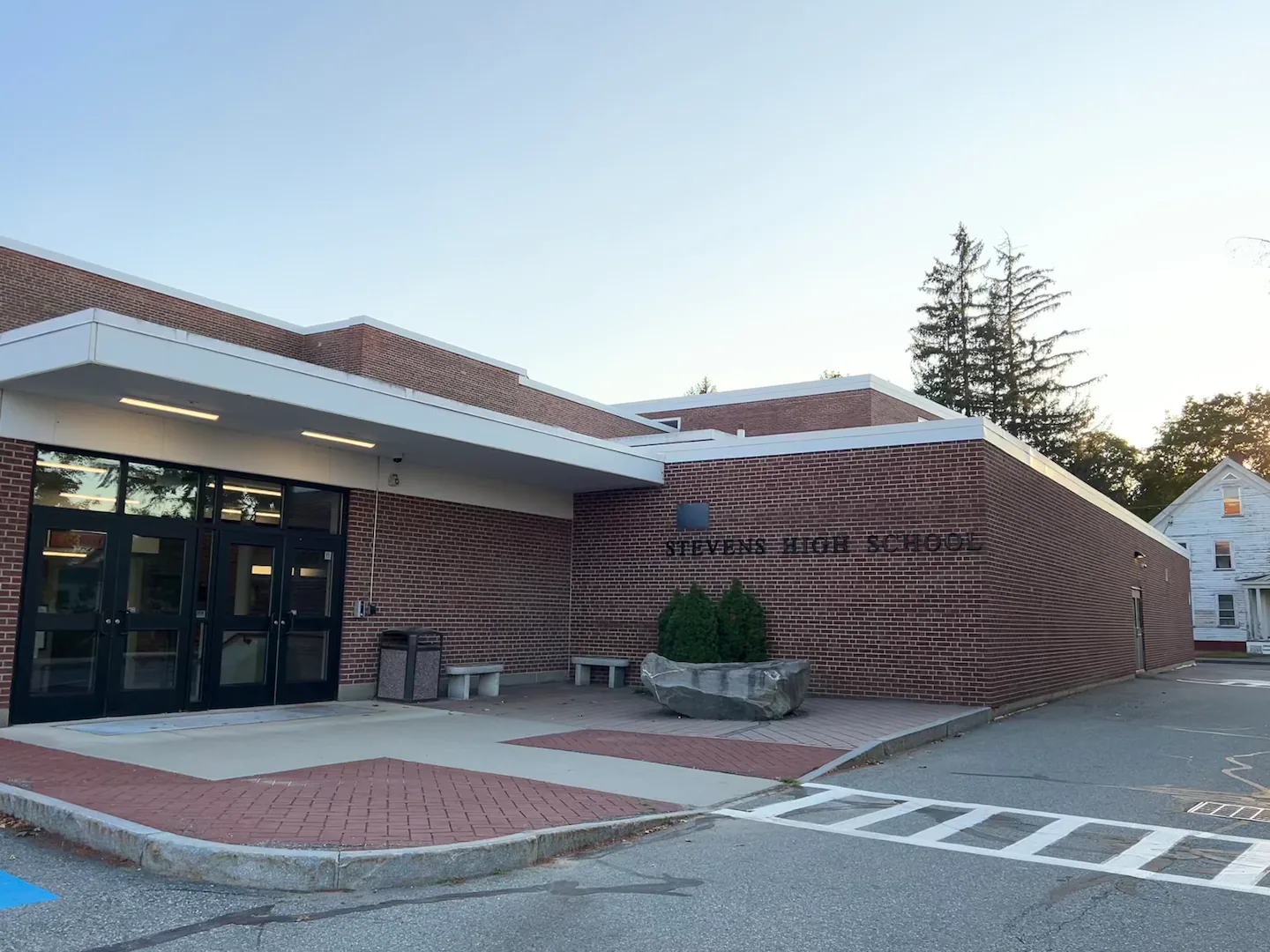Are New Hampshire schools in trouble? One district’s financial crisis suggests troubling trend

Soon, more details emerged: The 1,500-student district was struggling to pay critical bills for payroll and health benefits and was facing “a massive deficit, anywhere between $1 and $5 million,” according to Heather Whitney, chair of the Claremont School Board.
“My initial reaction was shock,” said Sheri Williams, 49, Asher’s mom and a small business owner.
The financial crisis has embroiled the community, threatening the district’s ability to keep schools operating while meeting state and federal education requirements. And some experts warn that other New Hampshire communities could face a similar crisis.
Of all states in the country, New Hampshire provides the smallest proportion of funding for public schools, according to the New Hampshire Fiscal Policy Institute. Recent New Hampshire court decisions have found the state is “woefully underfunding” public education. And now, the Trump administration is threatening to cut federal education funding from already-strained districts.
“There’s no stress testing being done here of school district finances,” said Andru Volinsky, an attorney who has litigated school funding cases.
Volinsky warned that other school districts such as Manchester, Rochester, and Nashua could face their own financial crises, especially if the Trump administration follows through on its promised cuts.
Ultimately, the Claremont district did open its schools on Aug. 28, but decided to close an elementary school less than a month later, redirecting 147 students to other schools. They also made about $4.5 million in cuts, axing almost 40 employee positions, extracurriculars, and ending out of district placements for several students.
The fallout was swift.
The district’s Superintendent Chris Pratt was placed on a nondisciplinary paid leave in August. By September, he resigned with a $39,500 severance package in hand, and former Claremont Middle School principal Kerry S. Kennedy was hired to take his place. The district’s business administrator Mary Henry was also placed on paid leave.
By September, newly hired comptroller Matt Angell determined that the total deficit was just over $5 million. But, he warned, the district was still discovering new, unpaid bills.
The School Board has yet to present a clear narrative about what exactly went wrong or who is to blame.
“I don’t think there’s any precedent in New Hampshire for this,” said James A. O’Shaugnessey, an attorney for the school district, during a School Board meeting in August. He said he was unaware of any other school district facing a deficit of that scale combined with cash flow issues.
The state of New Hampshire is not planning to bail out the district. In a letter, the head of the state’s Department of Education said “this remains largely a local issue for Claremont School District.”
“For the parents of these kids, I can understand why they’re angry,” said Governor Kelly Ayotte during a press conference. She said the state’s Department of Education will work with the local community to find ways the state can help, but she said local officials are ultimately responsible for the financial situation.
“Clearly, there’s local mismanagement of funds,” she said.
Other states in New England have taken a different approach to similar problems.
Massachusetts has wrested control of school districts away from local officials amid financial or academic failings. In 2011, the state put the Lawrence public schools in a receivership, as school officials faced allegations of financial mismanagement and corruption. Similar state takeovers followed in Holyoke in 2015 and Southbridge in 2016, although there’s little evidence showing it worked.
Rhode Island also enacted a state takeover in 2019 of the Providence schools that was driven by poor performance, chronic absenteeism, and decrepit school buildings. A plan is underway to return the schools to local control.
New Hampshire’s hands-off approach has drawn criticism from those who argue the state bears the ultimate responsibility for funding an adequate education — a duty Claremont itself played a key role in establishing through two state court cases in the 1990s that led to rulings called Claremont I and Claremont II. At that time, Claremont sued the state after it was unable to raise the money for needed repairs at the high school, which lost its accreditation as a result.
“I think Governor Ayotte has decided to violate the Claremont principles and just leave Claremont School District out in the lifeboat on its own, offering no additional aid, maybe some technical assistance,” said Volinsky, an attorney who represented Claremont in the 1990s.
Recent school funding rulings have upheld the Claremont decisions, finding that three decades later, the state is still underfunding public schools.
In the 2024-2025 school year, the state contributed a base rate of $4,182 per pupil, but a judge in July found that the state should be on the hook for at least $7,356 per student, which would mean the state was shortchanging districts by at least $537 million per year.
Limited state funding has left New Hampshire schools deeply reliant on funding from local property taxes, which cover about 70 percent of local public education in the Granite State. But it’s much easier for rich communities to raise money for schools than communities where property values are low, such as Claremont.
“There are structural dynamics in the way that we fund schools, or don’t, from the state, that create the opportunity for some districts to have those emergency funds and for other districts to be living paycheck to paycheck,” said Zack Sheehan, executive director at the NH School Funding Fairness Project.
Claremont once had a thriving economy built around textiles and machining, but by the 1980s, the industry was gone. Unemployment soared and property values crashed. Even taxing at a high rate, the school district struggled to raise the money it needed. That problem persists today. Claremont’s median income is $54,520, according to the US Census Bureau, and the average home value is $277,654, according to Zillow.
The city would have to increase taxes by $3.67 per $1,000 to raise $5 million for their schools because of how low the property values are, Sheehan said. More-affluent Portsmouth could raise the same amount of money with an increase of just 50 cents per $1,000 in value, and in Bedford, it would take an 80-cent increase.
Though a last-minute $4 million loan from the Claremont Savings Bank will allow the district to keep schools open for this school year, drastic cuts to its $42.9 million budget were needed. In September, the board voted to close Bluff Elementary School, sending students to the district’s other two elementary schools starting in October — a painful prospect for some parents and teachers.
“I understand that we do have to consolidate. You’re killing me this year to do it,” said Alicia Simino, a first-grade teacher at Bluff.
Theresa Clark said she was angry when her son, a fifth-grader at Bluff, found out about the school closure from teachers before parents had been notified.
“I’m not saying closing the school is wrong. What I’m saying is this should have been done before school started, not once the kids have settled in,” she said.
The district is also working to complete a backlog of audits that were put off for years.
Angell, the district’s newly hired comptroller, said multiple factors contributed to the district’s financial problems: it spent federal grant money but didn’t receive reimbursement due to being out of compliance; it overestimated its revenue, resulting in a 2025 local tax rate that was lower than it should have been; and the administration failed to keep the school board informed about finances and neglected to attend scheduled meetings with the auditor.
At the high school, Asher Williams’ junior year is off to a normal start, he said. But his mother said she’s lost confidence in the school district.
“I am not confident in what Asher’s senior year is going to look like,” she said.



